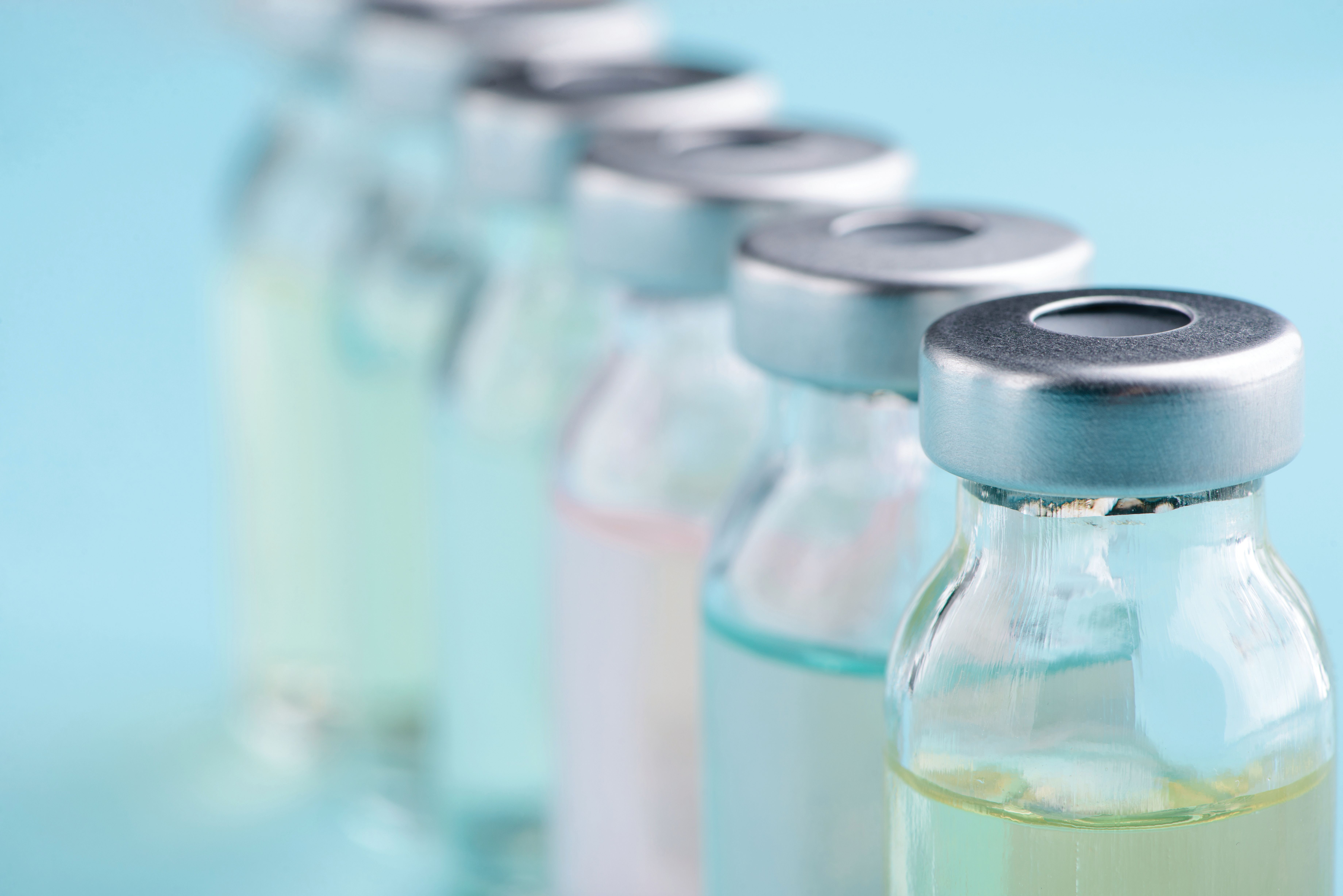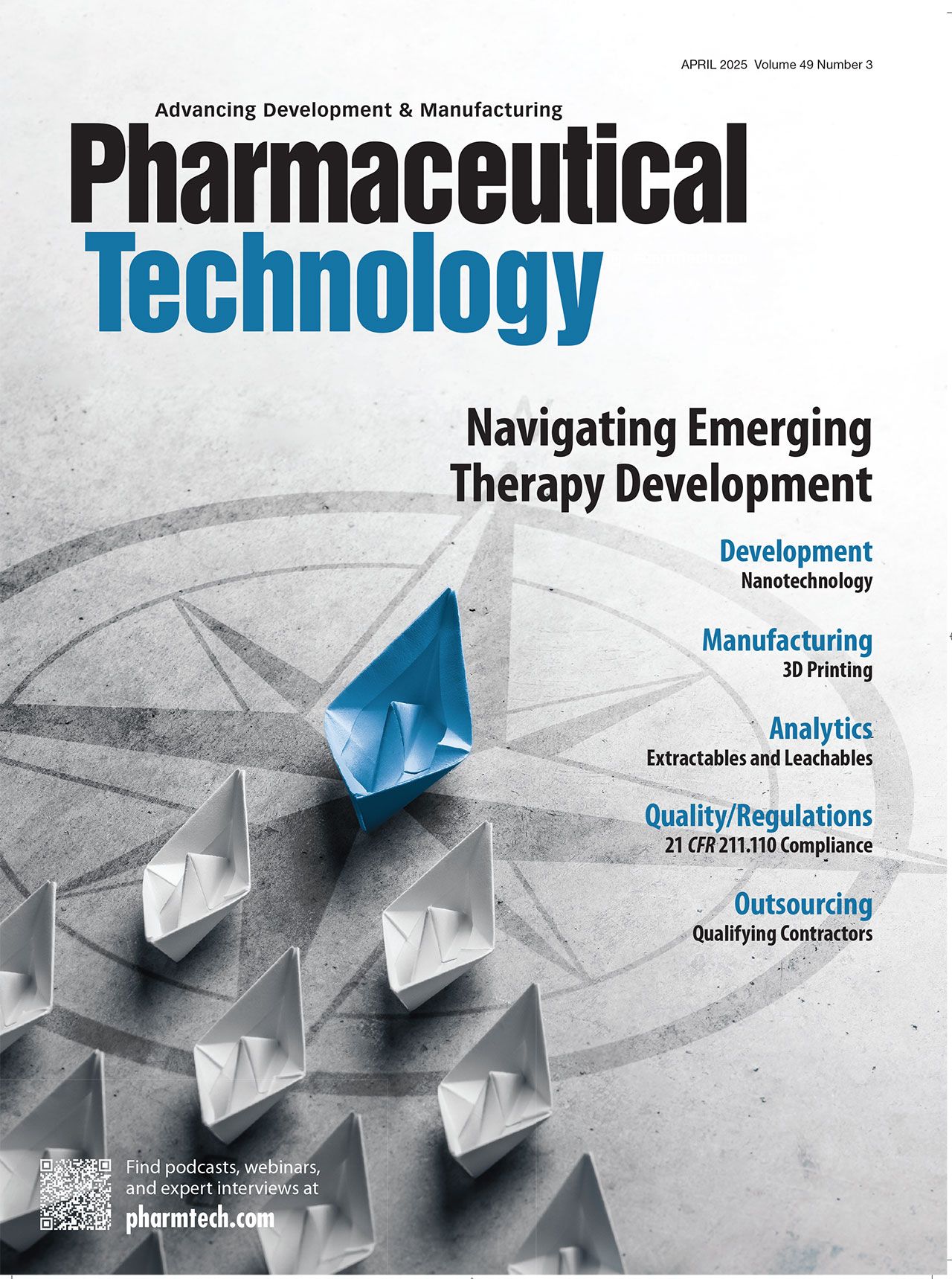E&L Testing Trends: Current Greatest Areas of Need
Dujuan Lu, PhD, manager and global lead of the extractables and leachables (E&L) team at SGS Health Science, spoke with Pharmaceutical Technology® on a variety of E&L-related topics.
Lu previously sat down with Pharmaceutical Technology® at AAPS PharmSci 360 in 2023, for a series of videos that expanded upon her talk at the conference, “Regulatory Expectations in Extractables and Leachables Testing of Combination Products.” One of the topics covered in those interviews was the common ground in analytical testing under both United States Pharmacopeia (USP) and International Organization for Standardization (ISO) standards, despite different extractables that may be tested.
PharmTech: How has the need for testing in single-use products evolved in recent years? Can you explain how the problem differs in single-use versus reusable products?
Dujuan Lu (SGS): The single-use product typically has a lower risk in terms of E&L, compared to reusable products, as the patients are exposed to the single-use packaging or devices for a limited time. The toxicological risk could be considered lower based on the duration and frequency of the treatment.
PharmTech: What are the differences with combination products versus single/simplified drug products? How are regulations adapting to this?
Lu (SGS): Per the definition from FDA, a combination product is a product composed of any combination of a drug and a device, a biological product and a device, or a drug and a biological product, or a combination of a drug, device, and a biological product (1). All aspects of the regulations will be considered when evaluating the regulation submission of the combination products. The product’s primary mode of action (PMOA) will be crucial and could lead to a suitable regulatory submission pathway. If the PMOA of a drug-device combination product is ‘drug,’ most of the pharmaceutical regulatory testing will apply. When a PMOA of a drug-device combination product is ‘device,’ the combination product will be considered as a medical device. There are different E&L regulatory guidances in pharmaceutical testing versus medical device testing. The extractables and leachables study designs of pharmaceutical and biological drug products associated with pharmaceutical packaging/delivery systems typically follow USP <1663> for extractables testing and USP <1664> for leachable testing (2,3). The Product Quality Research Institute (PQRI) guidance also provides good recommendations to design extractables and leachables studies for parenteral and ophthalmic drug products (PODP) and orally inhaled and nasal drug products (OINDP) (4). As for testing of extractables and leachables of devices, it is usually considered as a chemical characterization of medical device materials per ISO 10993-18 (5).
PharmTech: What do testing teams miss most often in their attempts to detect and quantify extractables and leachables, or, what are their biggest challenges?
Lu (SGS): There are a lot of analytical challenges regarding extractable and leachable testing. The major challenges are associated with analytical evaluation threshold (AET), confident identification, and semi-quantitation. They are outlined in one of our [SGS’] recent review articles (6).
PharmTech: Financially, what is the state of the E&L testing market early in 2025, and how is the market positioned to grow through the second half of the 2020s? What factors are driving growth, and what could hold that growth back?
Lu (SGS): The current E&L testing market is still growing, given more stringent regulatory requirements. There have been numerous E&L industry guidances published in recent years or expected in upcoming years, including USP <665>/<1665> for pharmaceutical/biopharmaceutical manufacturing materials, ISO 10993-18:2020, FDA guidance on chemical testing of medical devices, and the upcoming ICH (International Council for Harmonisation) Q3E. Most of the testings are carried out at third-party contract research organizations, as they have dedicated instrumentation and technical expertise built on many years in the industry. Some big pharmaceutical and medical device companies are also performing E&L testing in-house, due to confidentiality of the products in development or other historical reasons.
PharmTech: Are there any emerging pharmaceutical areas where E&L testing is currently being emphasized?
Lu (SGS): There are several emerging areas with more E&L focus these days. One of the areas is related to pharmaceutical/biopharmaceutical manufacturing materials. During the manufacturing process of the pharmaceuticals or biologics, more and more plastic single-use systems have been utilized these days, instead of the traditional stainless-steel materials in the old days. However, those plastic additives can easily leach out into the drug substance and drug product during the manufacturing process. With the new USP <665> scheduled to become official in 2026, all drug/biological manufacturers will need to perform risk assessment and testing based on the risk level.
References
1. FDA. Combination Products. FDA.gov (accessed March 24, 2025).
2. USP, USP General Chapter <1663>, Extractables Associated with Pharmaceutical Packaging Systems, USP38–NF33 Supplement No. 1, 7166 (Rockville, MD, 2015).
3. USP, USP General Chapter <1664>, Assessment of Drug Product Leachables Associated with Pharmaceutical Packaging/Delivery Systems, USP38–NF33 Supplement No. 1, 7166 (Rockville, MD, 2015).
4. Paskiet, D.; Jenke, D.; Ball, D.; et al. The Product Quality Research Institute (PQRI) Leachables and Extractables Working Group Initiatives for Parenteral and Ophthalmic Drug Product (PODP). PDA J. Pharm. Sci. Technol. 2013, 67 (5) 430–447. DOI: 10.5731/pdajpst.2013.00936
5. ISO, ISO 10993-18:2020, Biological Evaluation of Medical Devices—Part 18: Chemical Characterization of Medical Device Materials Within a Risk Management Process, 2nd edition (2020).
6. Singh, G.; Lu, D.; Liu, C.; Hower, D. Analytical Challenges and Recent Advances in the Identification and Quantitation of Extractables and Leachables in Pharmaceutical and Medical Products. TrAC – Trends Anal. Chem. 2021, 141, 116286. DOI: 10.1016/j.trac.2021.116286

